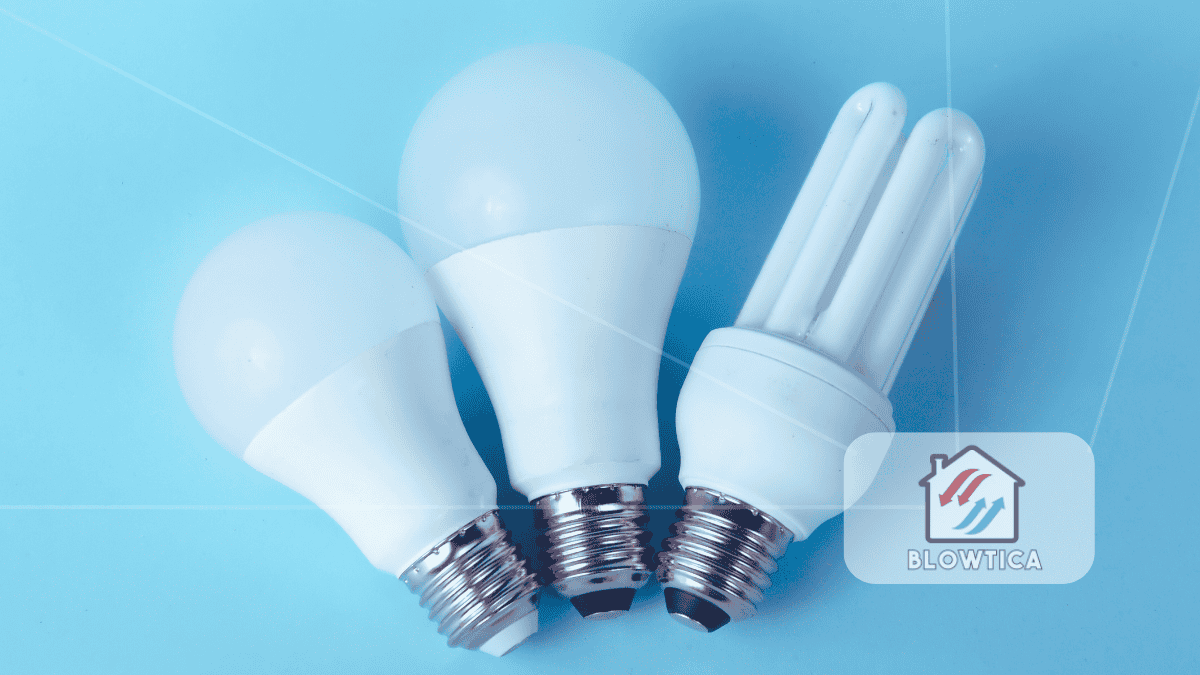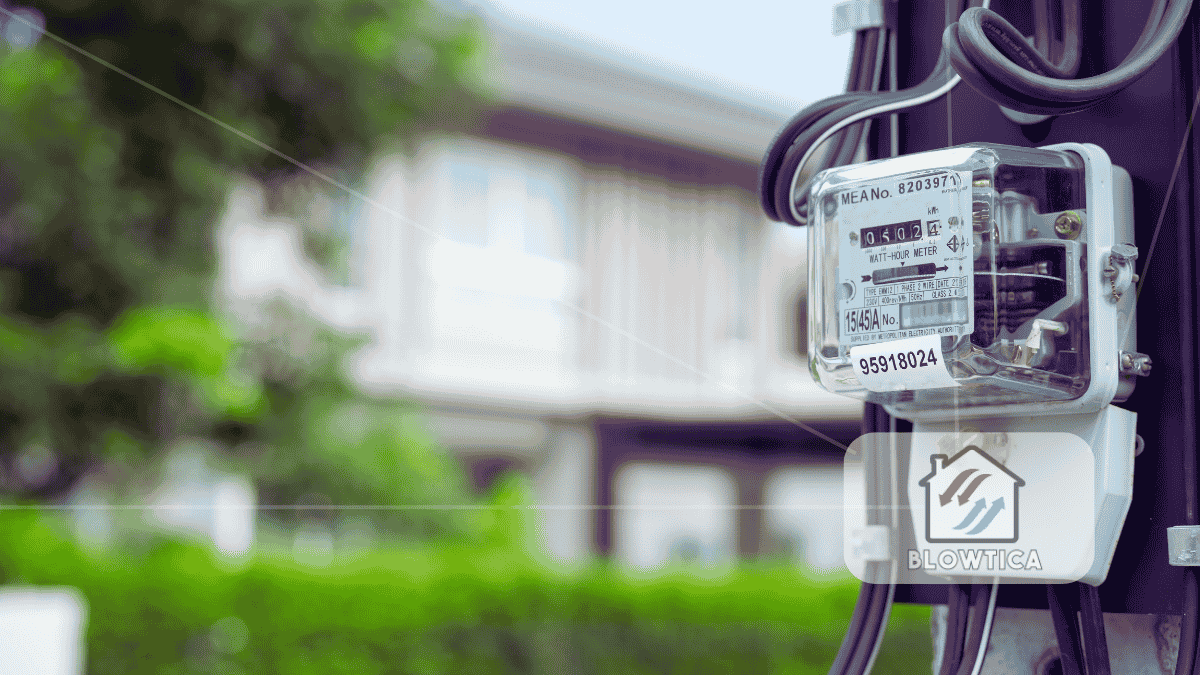
Lighting is no longer just about brightness. It’s about efficiency, cost, and sustainability. For years, CFLs (Compact Fluorescent Lamps) and LEDs (Light-Emitting Diodes) have competed in the energy-efficient lighting market. But when you break down the numbers and performance, the comparison is not even close.
In this guide, we’ll explore the energy savings of LED vs. CFL bulbs, examine the long-term costs, and help you determine which bulb is best suited for your home or business.
What’s the Real Difference Between CFL and LED Bulbs?
Both CFLs and LEDs are more efficient than incandescent bulbs, but their technology and benefits differ significantly. LEDs generally surpass CFLs in efficiency, lifespan, and environmental impact.
CFLs use gas and a phosphor coating to create light. An electric current excites the gas, which produces ultraviolet light that then glows as visible light. Each bulb contains a small amount of mercury, which means disposal is a concern.
LEDs produce light using a semiconductor. When electricity passes through, the diode emits photons. There are no gases, no filaments, and no hazardous materials.
LEDs are a more modern and robust technology, and it shows in every performance category.
How Much Energy Do They Use?
Energy consumption is the heart of the LED vs CFL energy savings comparison.
To produce the same amount of brightness, roughly 800 lumens:
- A CFL bulb uses between 13 and 15 watts.
- An LED bulb only uses 8 to 10 watts.
This means LEDs are about 30 to 40 percent more efficient than CFLs. Multiply those savings across many bulbs, and LEDs provide noticeably lower electricity costs than CFLs.
If you run a single bulb for 3 hours a day, every day, you save over 5 kilowatt-hours per year just by choosing an LED. That’s small on its own, but big when scaled.
Lifespan: How Long Do They Last?
Here’s another major factor: how long each bulb lasts before it needs to be replaced.
| CFL | 8,000 to 10,000 hours |
| LED | 25,000 to 50,000 hours |
LEDs last 2.5 to 5 times longer than CFLs, giving a clear advantage in longevity, which translates to fewer replacements, less maintenance, and reduced interruptions compared to CFLs.
For businesses, that can translate into real savings on labor and operations. For homeowners, it means less hassle.
What Does That Mean in Real Dollars?
Let’s do the math. If you have 20 bulbs in your home and pay $0.15 per kilowatt-hour, here’s what you might spend annually:
| CFL (14W) | 15.3 kWh per bulb | $2.30 per bulb |
| LED (9W) | 9.9 kWh per bulb | $1.49 per bulb |
For 20 bulbs:
- CFL: $46 per year
- LED: $29.80 per year
That’s over $16 in savings every year, just on energy. Add bulb replacement costs, and LEDs become even more affordable.
Light Quality: More Than Just Brightness
Brightness matters, but so does the quality of light. You want bulbs that are comfortable, useful, and adaptable.
LED Advantages:
- Available in a full range of color temperatures (2700K warm to 6500K daylight).
- Higher CRI (Color Rendering Index), usually above 80 or 90.
- Instant-on performance with no warm-up time.
- Dimmable and smart-compatible options.
CFL Limitations:
- Slower warm-up time, often takes 30 seconds to 2 minutes to reach full brightness.
- Lower CRI, which affects how colors appear.
- Most CFLs are not dimmable or smart-compatible.
If you’re working from home, reading, or creating mood lighting, LEDs give you far better control and comfort.
Environmental Impact: Mercury vs. Sustainability
This is one of the most overlooked differences in the LED vs CFL energy savings discussion.
CFLs contain mercury, a toxic substance. Broken bulbs release mercury vapor, and improper disposal poses a risk to soil and water systems. CFLs must be taken to specific recycling centers or household hazardous waste facilities.
LEDs contain no mercury, and many parts are recyclable. They produce fewer carbon emissions because of their longer lifespan and lower energy draw.
Choosing LEDs means you’re reducing waste and supporting cleaner technology.
Heat Emission and Safety Factors
LEDs also run cooler than CFLs. A CFL can get warm, sometimes hot, after extended use. This makes them less safe for enclosed fixtures or locations with flammable materials.
LEDs stay cooler to the touch, reducing fire risks and making them ideal for all locations, including tight or enclosed areas like ceiling fixtures or decorative lamps.
They’re also more durable and resistant to shock or vibration, which makes them safer in homes with pets or small children.
Smart Technology and Compatibility
Today’s homes are becoming more connected. From voice assistants to mobile apps, lighting is part of that shift.
LEDs integrate with smart home systems easily. You can control them with your phone, schedule them, sync them to music, or automate them based on your daily routine.
CFLs don’t support smart tech. No app control. No dimming. No voice commands.
If you’re setting up a smart home, CFLs are instantly outdated.
Situations Where CFLs Still Make Sense
There are a few niche situations where CFLs might still be used:
- In outdoor fixtures, as long as temperatures don’t drop too low.
- For temporary lighting setups, such as staging or event rentals.
- In locations where upfront cost is the top priority, and usage is minimal.
However, with LED prices falling rapidly, even these use cases are becoming rare.
How to Choose the Right LED Bulb
Buying the right LED involves more than just grabbing the cheapest one off the shelf. Here’s what to look for:
- Lumens, not watts: Brightness is measured in lumens, not energy consumed.
- Color temperature: 2700K for warm light, 4000K for neutral, 5000K+ for daylight.
- CRI rating: Choose 80 or higher for indoor use.
- Dimming compatibility: Check the packaging to make sure it works with your dimmer.
- Base type: Make sure the bulb fits your fixture — common options are E26, GU10, and BR30.
- Energy Star rating: Certified bulbs meet strict energy performance standards.
Rebates and Utility Incentives
Local energy providers often offer rebates for switching to LEDs. You might find:
- Discounts at the point of sale
- Mail-in or online rebate programs
- Free energy-saving kits for qualifying households
- Commercial rebates for bulk purchases
These incentives lower the upfront cost and shorten your return-on-investment window. Always check your utility provider’s website before purchasing bulbs.
Business Use: The Commercial Case for LEDs
For business owners, the case for LEDs is even stronger.
Replacing hundreds of bulbs across a facility can reduce:
- Monthly energy costs
- Maintenance hours
- Cooling loads (thanks to reduced heat output)
Warehouses, office buildings, schools, and retail spaces all benefit significantly. LEDs also help organizations meet energy compliance and green building certifications.
Who Benefits Most from LEDs?
Homeowners
- Cut electricity bills
- Improve lighting comfort
- Reduce fire risk
Renters
- Upgrade bulbs without changing fixtures
- Take LEDs when you move.
- Get better light quality with minimal investment.
Business Owners
- Slash operating costs
- Reduce downtime from bulb replacements.
- Lower HVAC costs due to less heat
Final Verdict: LED vs CFL Energy Savings
CFLs were a big improvement over incandescent bulbs, but their time has passed.
LEDs are now the top choice for energy savings, long-term value, safety, and lighting quality. When you add in smart home integration and environmental benefits, the decision is clear.
Key Takeaways
- LEDs use 30 to 40 percent less energy than CFLs for the same brightness.
- LEDs last 2 to 5 times longer, reducing replacements and waste.
- CFLs contain mercury, making disposal more complicated and environmentally risky.
- LEDs offer better light quality, instant-on performance, and smart home compatibility.
- Rebates and incentives make LEDs more affordable than ever.
Choosing the right lighting is more than a utility decision; it’s an investment in comfort, safety, and long-term savings. When you weigh all the factors, LEDs are the clear winner in the debate over LED vs CFL energy savings.






